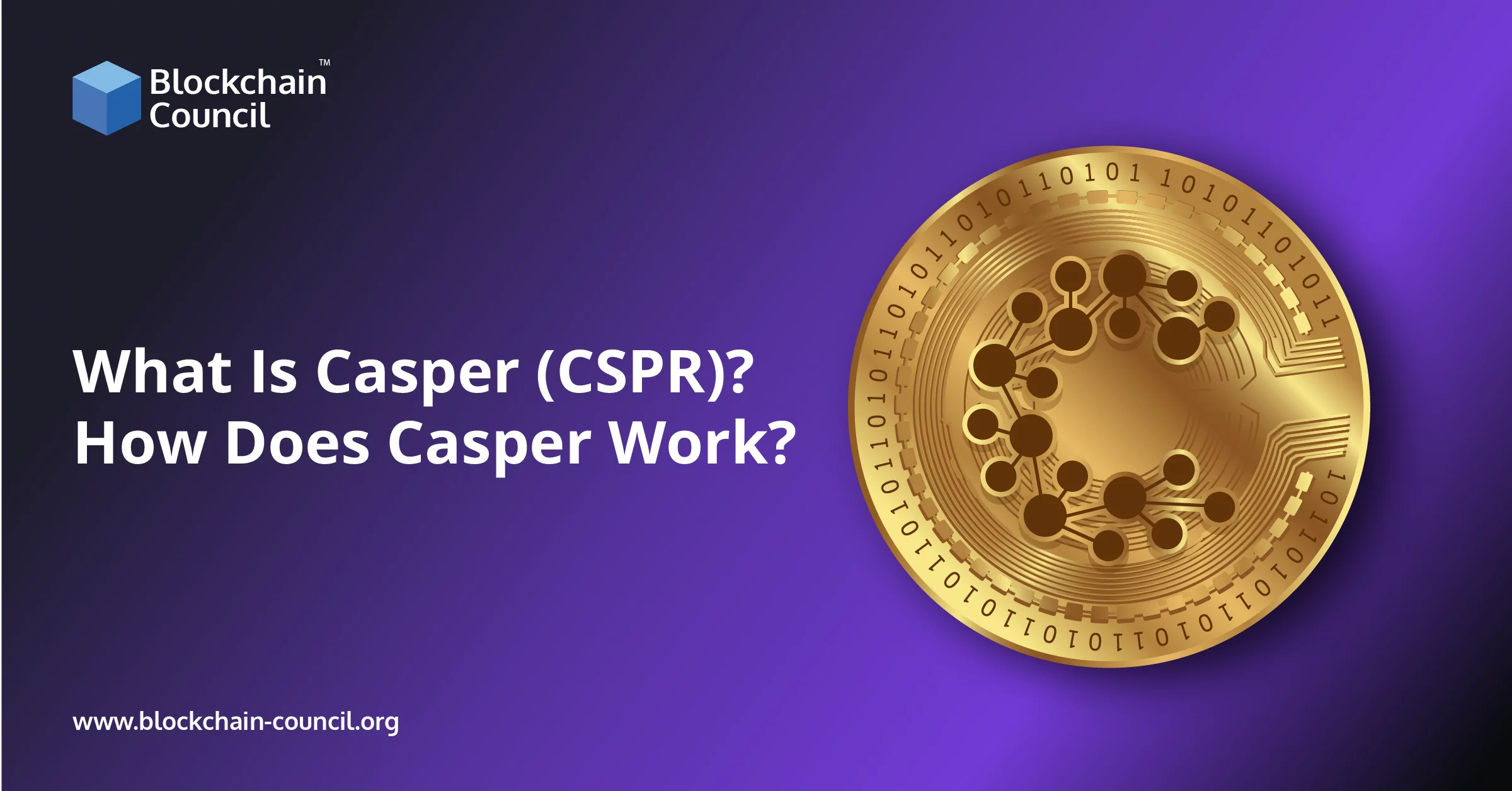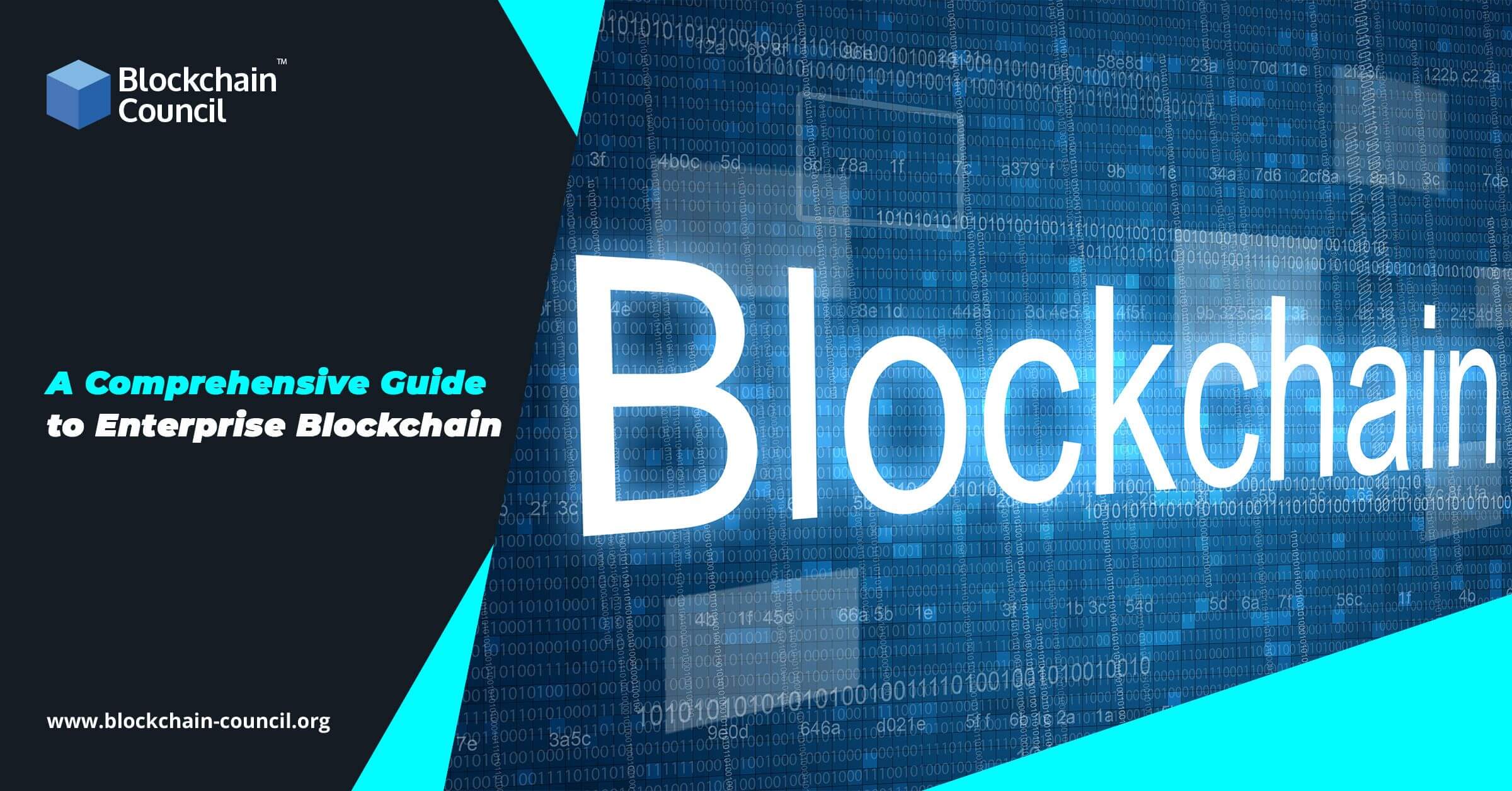
- Toshendra Kumar Sharma
- August 02, 2019
A security token or STO is a portable device which helps authenticate electronically by storing some personal details. To grant access to a network service, the owner plugs the security token into a system. As security tokens are backed by assets, cash flows, or profits, they carry an intrinsic value from the moment they are issued. Security tokens are fundraising tools that generate security tokens. These tokens are real-time digital assets which operate based on certain legal boundaries. It is a tokenized, digital form of traditional securities. It is an investment contract which represents legal ownership of a physical or digital asset and this ownership should be verified within the blockchain. Verification of ownership allows the security token holders to:
- Trade their tokens in exchange for other assets.
- Use tokens as collateral for loans.
- Store tokens in different wallets.
Layers Of A Security Token
1. Blockchain Protocols
Protocol refers to the underlying technology on which a particular project is based. Though Ethereum still remains the most popular protocol among thousands of developers, many more protocols have recently entered the marketplace. For example, protocols like EOS are extremely popular in the gaming and gambling space.
2. Smart Contracts
As most of us would be familiar, smart contracts are automated, self-executing contracts which have specific instructions written on its code. These instructions will be executed when certain conditions are fulfilled. Smart contracts are solely responsible for how things get done inside the Ethereum ecosystem. In Ethereum, if someone needs a particular task to be done, a smart contract is initiated. A smart contract refers to a series of instructions which have been written using the Solidity programming language. On a more technical note, a smart contract is a code created on the protocol which serves as a blueprint for decentralized applications.
3. Issuance Platforms
These platforms are responsible for having regulated, compliant smart contracts for issuing tokens. Some of the platforms are:
-
Polymath
It is a blockchain protocol which helps streamline the launch of financial services on the blockchain by ensuring the financial security of the new security tokens. It helps issue and distributes legally compliant token-based securities. Poly is the native token fuelling this system. Polymath helps connect with legal delegates, authenticate investors, trade security tokens, and access a developer’s marketplace.
-
Harbor
This is an open-source platform which helps seamlessly migrate to the blockchain from traditional investment classes. It provides a Reg-D compliant private sale which integrates tax rules, accreditation status, reporting information, and KYC into each token which is formulated through the system.
-
Securitize
It is a regulatory compliant cloud service solution which helps tokenize securities. Some of the services it provides are customizing smart contracts to meet the requirements, establishing legal and regulatory readiness, and streamlining investor registration.
4. Exchanges
It is a critical function as it acts as a portal between the Fiat and the Crypto world.
The two types of exchanges are:
a) Fiat to Crypto – It helps buy cryptocurrencies in exchange for Fiat money. Example: Coinbase.
b)Crypto-to-crypto- These help exchange cryptos for other cryptos. Example: Binance.
Importance Of Security Tokens
- Brings credibility back.
- Speeds up execution.
- Improves traditional finance.
- Increases the investor base.
- Increases asset valuation by exposing creators to the free market.
- Reduces intermediary interference.
Security Token Standards
For security tokens to be developed in a meaningful manner, investors, issuers, wallets, KYC providers, regulators, and exchanges must work together within the same framework. Some of the security token standards are:
- R-Token- It was developed by Harbor and focuses on real estate and accredited investors. It defines a mechanism which helps transfer cryptocurrencies compliantly on blockchains. It is an open-source standard which requires the issuance of a permissioned ERC-20 token on the Ethereum blockchain. The ERC-20 tokens can be traded on any platform which is ERC-20 compatible.
- SRC20- It is a standard developed by the Swarm Fund. SWM is the utility token of Swarm, which is an asset tokenization platform. It enables users to purchase the SRC-20 tokens on Swarm’s private blockchain. These tokens can interoperate with other compliant platforms. SRC-20 token trading can also happen on a private blockchain which will help Swarm monitor trades and ensure compliance.
- ERC-1450- StartEngine has developed this standard. It is a digital stock certificate. Using this token, investors can take possession of their tokenized certificates but will be unable to transfer these. Ownership is stored off-chain with a registered transfer agent. This agent initiates the transfer after a trade is completed.
The other popular tokens are ERC-884, ERC-1404, DS Token, and ERC-1400.
Key Points To Consider When Launching An STO
- Identifying and evaluating an asset.
- Governance and corporate structure.
- Compliance with KYC (Know Your Customer) and AML (Anti-Money Laundering) policies.
- Legal and regulatory clearances.
- Selecting a suitable platform and service providers.
- Identifying crypto-friendly banks.
- Consequences related to tax.
- Prospectus.
- Marketing.
- Exchange listing and trading.
Popular Global Cryptocurrency Platforms And Exchanges
- STOGlobalX
- tZero
- BankToTheFuture
- London Stock Exchange
- Malta Stock Exchange
- Open Finance Network
- Polymath
- Sharespost
- SIX Swiss Exchange
All the platforms mentioned above help trade security tokens to verified investors.
Drawbacks of Security Tokens
Just like any system, security tokens also have their associated flaws. Security tokens are prone to hacking. This might happen if the owner unknowingly provides sensitive information to an unauthorized provider and he, in turn, inputs this information on a secure network. This is termed as the ‘man-in-the-middle’ fraud. All the networks which are connected to the internet are vulnerable to this fraud.
If a token gets lost or is not in the owner’s possession, it cannot be used to gain access to any service. Loss or theft of tokens can be prevented if the owner sets locks or alarms. A token can be made useless to a thief by using the two-factor authentication which would require both the token and the PIN, to access a token.
Conclusion
Due to the advent of security tokens, both small and medium enterprises will now be able to reach out to a global audience at a minimal cost. Though tokenization of securities can be easily applied to existing assets and businesses, the immediate challenge faced by traditional and crypto platforms is to educate investors about this novel method of buying and selling investments. Though it now seems unlikely for security tokens to replace listed equity markets, the crypto economy is expected to mature and the world seems to be moving closer to a new era of real-world assets being securitized on the blockchain.





































































 Guides
Guides News
News Blockchain
Blockchain Cryptocurrency
& Digital Assets
Cryptocurrency
& Digital Assets Web3
Web3 Metaverse & NFTs
Metaverse & NFTs
